Cataclysm could occur in the coming weeks
Scientists have discovered a “huge swarm” of earthquakes off the coast of Washington, the number of which reached 200 per hour in one day. Geologists from the University of Washington said earthquakes could lead to an eruption at the Juan de Fuca Ridge within weeks or years. The impending volcanic eruption has scientists excited because it will provide a real-time look at how the Earth was formed.
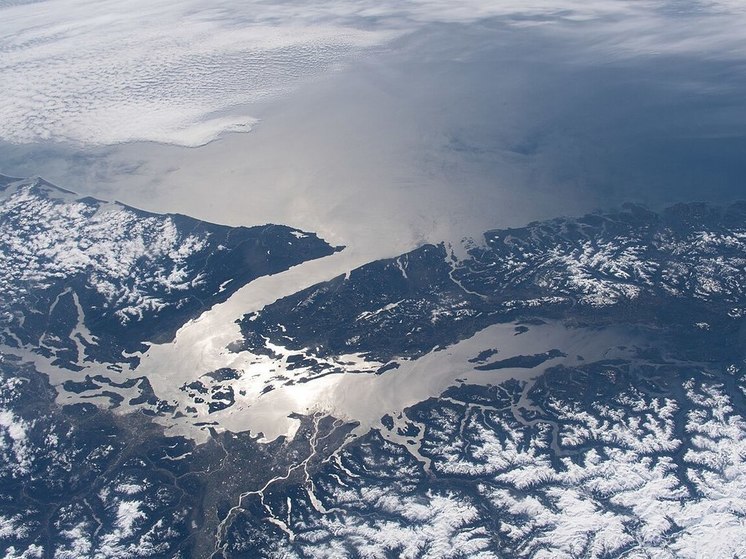
The undersea volcano lies more than 16,000 feet below the Pacific Ocean and about 150 miles (200-odd kilometers) off the coast of Washington.
With more than a thousand tiny earthquakes detected in one day, this is the highest activity detected at the site since 2005. Based on this, the researchers said the volcano could soon erupt.
The team said data collected during the volcano's eruption could show how the Earth's crust formed over time from cooled magma, but noted that this can happen either in a few weeks or in a few years.
Back on March 6, the group's real-time monitoring network detected earthquakes measuring 4.1. This is a relatively weak indicator compared to known destructive earthquakes (for example, in San Francisco in 1906, whose magnitude was 7.9 points). As a result of this earthquake and the fires it caused, which razed cities to the ground, about 3 thousand people died.
According to Ocean Networks Canada (ONC), the “great swarm” The earthquakes followed several days of increasingly frequent earthquakes. The surge indicates a possible «impending magmatic rupture,» the research team said.
According to Zoe Krauss, a PhD candidate in marine seismology at the University of Washington, a magmatic rupture, which occurs when the Earth's crust for some reason breaks apart and spews out molten rock, is a natural phenomenon that can form new ocean floors.
In the case of the Juan de Fuca Ridge, this rupture would be the result of two plates pulling apart from each other, opening a giant crack for magma to flow out at temperatures of about 1,500 degrees Fahrenheit (about 815 degrees Celsius).
ONC officials stressed that the effects would be moderate and localized and that residents on land were unlikely to feel the quake. It is also unlikely to cause tsunami activity, since they are caused by a different type of movement of tectonic plate boundaries: pushing and sliding, rather than pulling apart.
“No one should be alarmed by this huge wave of earthquakes. They are far from the coast and do not pose any danger. Rather, these data are of interest to the scientific community and, of course, do not pose a threat,” — said Kate Moran, president and CEO of ONC.
The impending volcanic eruption has scientists excited because it will provide a real-time look at how the Earth formed. When lava flows from a crack in the earth's crust, it will heat the water around it, and the ocean will likely even fizz like soda.
When the lava hardens, a new layer of seafloor will appear — a sample of what it was like when our planet first formed its crust. Scientists have been studying this place for almost 30 years. But this will be the first time they have been able to observe a volcanic eruption using sound recording equipment and temperature sensors.
These instruments will complement seismographs that have been installed since the last underwater eruption at the site, which occurred from 1999 to 2005 years.
According to OCN representatives, researchers expect this event to repeat itself approximately every 20 years.









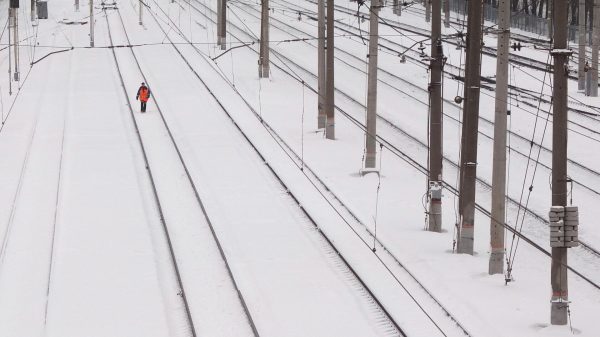
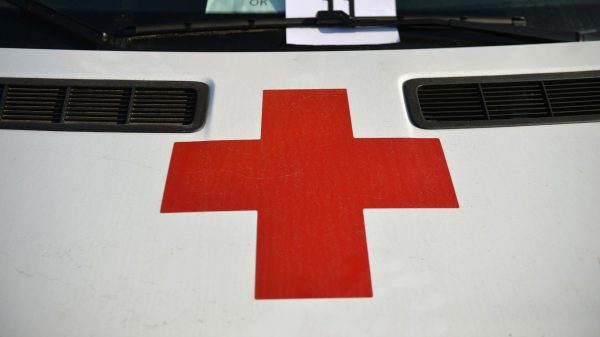







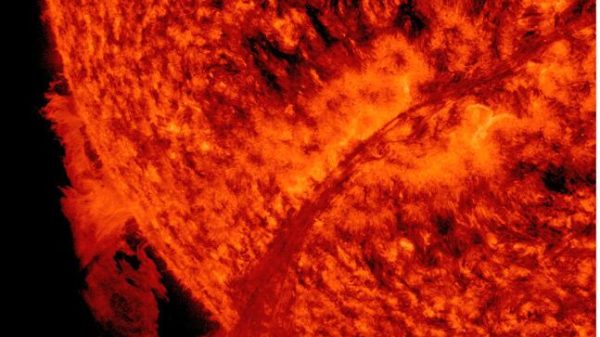










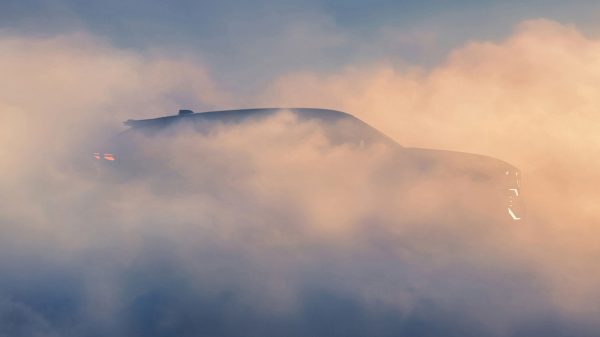



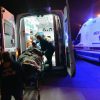


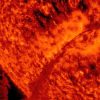




















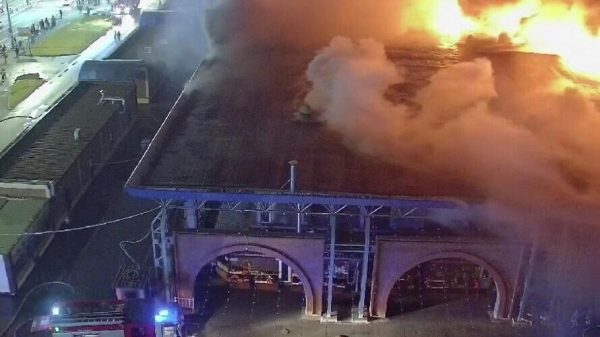
Свежие комментарии